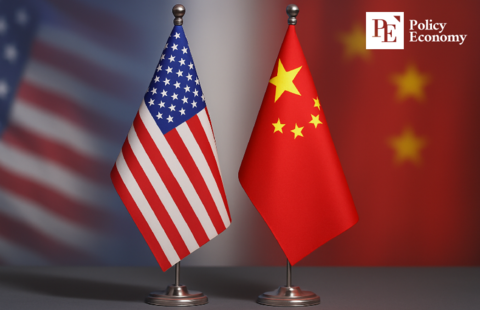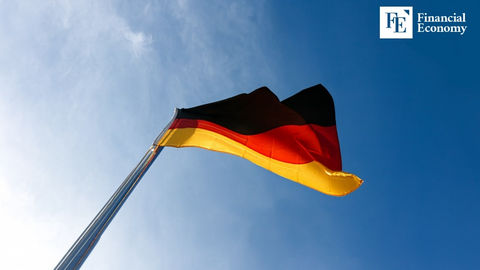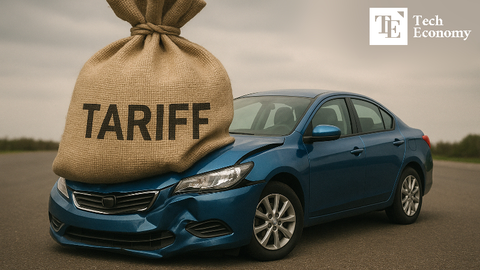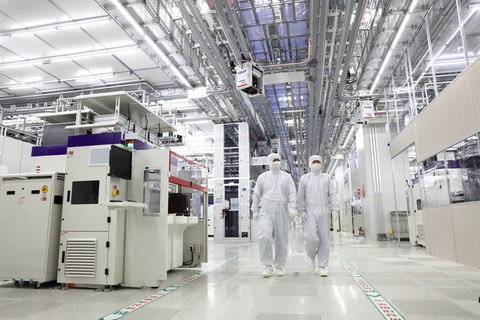Donald Trump’s National Cryptocurrency Reserve: A Bold Move with Tepid Market Response
Input
Modified
Initial Price Hikes, But No Long-Term Surge Why the Response Was Underwhelming The Crypto Community’s Resistance to Government Intervention
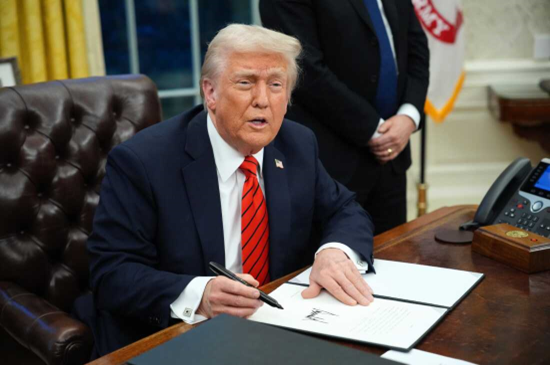
Initial Price Hikes, But No Long-Term Surge
In early March 2025, former U.S. President Donald Trump announced a bold executive order to create a national cryptocurrency "strategic reserve." The move was widely anticipated to stir up excitement in the digital asset world, particularly among those who saw the potential for government-backed cryptocurrencies. The reserve would include five major cryptocurrencies: XRP, Solana (SOL), Cardano (ADA), Bitcoin (BTC), and Ethereum (ETH). The decision was expected to have a dramatic impact on crypto prices, creating a wave of optimism and pushing the market to new heights.
However, the response from the market was far less enthusiastic than anticipated. While some of the cryptocurrencies named in the reserve saw slight price increases, the excitement that many had hoped for simply did not materialize. The initial market surge was short-lived, and within days, most of the cryptocurrencies returned to their pre-announcement levels. The calm market response left many wondering why the announcement, coming from such a high-profile figure, failed to generate the expected excitement.
Following Trump’s announcement, there was a brief spike in the prices of the five cryptocurrencies included in the reserve. For a short time, it seemed as though the news had indeed triggered a burst of investor optimism. Bitcoin, for instance, saw an increase in value, albeit modest compared to what some had expected. Ethereum and XRP also experienced minor upticks. For a brief moment, it appeared that Trump’s executive order might have been a game-changer.
However, much to the disappointment of many investors and crypto enthusiasts, these price hikes were not sustained. Within days, the prices of the five cryptocurrencies began to level off, returning to their previous positions. The short-lived rally highlighted the fact that the market response was more of a knee-jerk reaction rather than a lasting surge in value.
This phenomenon isn’t unusual in the world of cryptocurrency, where speculative buying and selling can lead to rapid price increases followed by swift corrections. What was surprising, however, was the lack of sustained enthusiasm, given the high-profile nature of Trump’s announcement. Typically, news involving government action—especially from a figure like Trump—would generate a more enthusiastic response. But in this case, the market didn’t seem to be moved in a meaningful way.
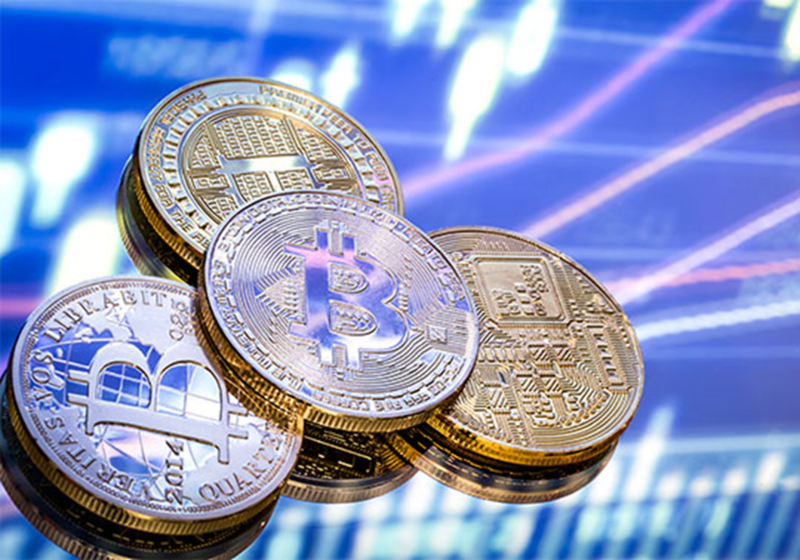
Why the Response Was Underwhelming
There are several factors that could explain why the cryptocurrency market didn’t react with the kind of fervor that many had anticipated. One of the most significant reasons could be skepticism about the practical implications of the proposed crypto reserve. Although Trump’s executive order was described as a strategic move to store valuable digital assets, the details surrounding how the reserve would function remained vague. The crypto community, which has long been suspicious of government interference, may have felt uncertain about the long-term effects of such a move.
Moreover, the idea of a national cryptocurrency reserve doesn’t align neatly with the core principles that have driven the success of digital currencies. Cryptocurrencies, especially Bitcoin and Ethereum, have flourished in large part because they are decentralized and independent of government control. The notion of a national reserve, particularly one managed by the government, could be seen as a threat to the autonomy that crypto investors value. For many in the crypto space, government involvement in the market is viewed as anathema to the very ethos of decentralized digital finance.
Another reason for the muted response could be the selection of the five cryptocurrencies included in the reserve. While Bitcoin and Ethereum are widely considered the most established and valuable assets in the crypto world, the inclusion of Solana, Cardano, and XRP raised some eyebrows. Each of these cryptocurrencies has its own unique characteristics and challenges, and their inclusion in the reserve may not have been seen as particularly strategic by many investors. For instance, XRP has faced legal battles with the U.S. Securities and Exchange Commission (SEC), and its future remains uncertain. Cardano, though popular, has struggled to gain widespread adoption, and Solana has faced concerns over its network’s reliability.
Investors might have been skeptical that a government-backed reserve could benefit these cryptocurrencies in the same way that it might benefit more established assets like Bitcoin or Ethereum. Without clear justification for why these particular coins were chosen, the announcement may have seemed more like a political move than a well-thought-out economic strategy.

The Crypto Community’s Resistance to Government Intervention
The crypto community’s resistance to government involvement in the market is another important factor in understanding the tepid market response. Many crypto enthusiasts have long been wary of the government’s attempts to regulate or intervene in the space. These individuals value the decentralized nature of cryptocurrencies and see them as an alternative to traditional financial systems, which are often viewed as being overly controlled by governments and institutions.
For these individuals, the idea of a national crypto reserve could be seen as a form of government control that goes against the principles of decentralization and individual freedom. The reserve, in this sense, could be viewed as a symbol of government overreach, which might deter many in the crypto space from embracing the proposal.
Furthermore, the market reaction to Trump’s announcement may have been influenced by the broader economic climate. At the time of the announcement, the cryptocurrency market was already experiencing significant volatility, with prices fluctuating wildly due to various external factors. In such an environment, it is not uncommon for news that might otherwise generate excitement to be overshadowed by broader market trends. Investors who were already cautious about the volatility of the market may have been hesitant to embrace a new government-backed reserve, especially when the specifics of the reserve remained unclear.
The concept of a national cryptocurrency reserve, at least in theory, could have far-reaching implications for the future of digital assets. If successful, such a reserve could lend credibility to cryptocurrencies as a legitimate financial asset, potentially leading to greater institutional adoption. It could also signal that the U.S. government recognizes the long-term potential of digital currencies and is willing to include them in its financial strategy.
However, the lack of concrete details surrounding Trump’s announcement leaves many questions unanswered. How would the reserve be managed? What role would the five selected cryptocurrencies play in the broader financial system? And perhaps most importantly, how would the reserve impact the decentralized nature of the crypto market? These questions have yet to be addressed, and until they are, the market will likely remain uncertain about the reserve’s true potential.
For now, the reaction to Trump’s crypto reserve has been underwhelming. While the initial price hikes in some cryptocurrencies suggested that there was some short-term excitement, the market’s subsequent cooling off demonstrates that this announcement may not have been the game-changing moment many hoped for. Investors, especially those in the crypto space, are notoriously cautious, and unless there is more clarity and concrete action from the government, the long-term impact of the reserve remains uncertain.
In the end, Donald Trump’s announcement of a national cryptocurrency strategic reserve has failed to ignite the kind of excitement that many had expected. The short-lived price increases following the announcement were not sustained, and the market response has been largely indifferent. While the idea of a government-backed reserve is intriguing, the lack of clear details and the skepticism within the crypto community have dampened investor enthusiasm.
As the cryptocurrency market continues to evolve, it is likely that government involvement in the space will become more common. However, for now, Trump’s executive order has not sparked the kind of revolutionary change that some had hoped for. The crypto market remains as volatile and unpredictable as ever, and it will take more than a high-profile endorsement to truly move the needle in this space. For now, the excitement around Trump’s crypto reserve has largely fizzled out, with the market continuing to operate on its own terms.





